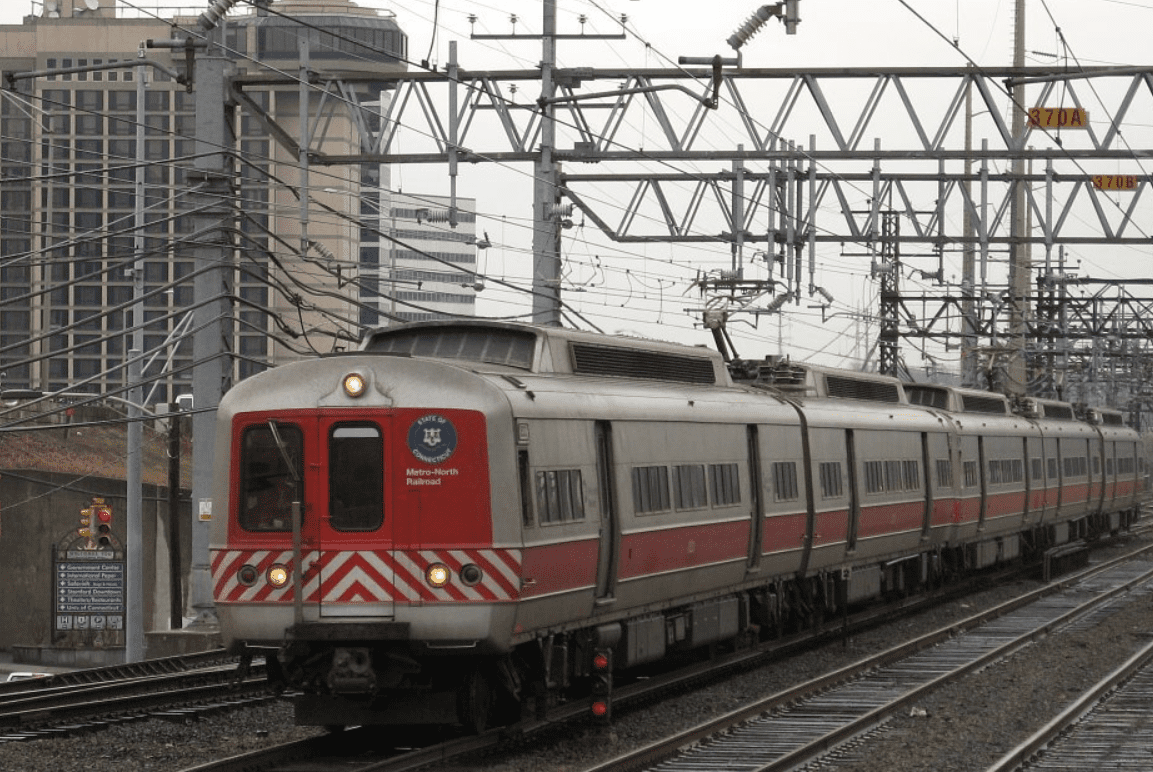The state budget proposed by Gov. Ned Lamont calls for Connecticut to concede $500 million of tax revenue — the majority from households earning more than $100,000 each year — in an effort to relieve the added burden of double taxation from as many as 110,000 tax filers in the state.
These Connecticut residents in normal years would have commuted out of state to work — mainly into New York from Fairfield County — but have been working at home during the COVID-19 pandemic. Based on the current laws, known as convenience laws, these Connecticut residents would owe income taxes in two states: for where their office is located and for where they now work each day.
“Even though it is a lot of money that we could use to balance the budget, we are doing the right thing and saying no,” said Rep. Sean Scanlon, D-Guilford, at a press conference on Tuesday morning.
Scanlon said the tax proposal is meant to help the working men and women of the state who just received their form W-2s and are wondering how they will afford the double bill.
He said that about 60 percent of the households affected by the bill earned more than $100,000 per year.
“It’s not just a bunch of folks who work on Wall Street,” Scanlon said.
And although a significant loss of revenue, the $500 million isn’t money that the state had budgeted or expected to collect.
“It shouldn’t cause a hole [in the budget] because we never were factoring that money in,” according to Scanlon.
The legislation is intended to provide a one-year solution. In the future, the Governor and legislators hope to collect that $500 million every year without double taxation.
A pending U.S. Supreme Court case between New Hampshire and Massachusetts challenges the application of convenience laws when employees were required to work from home, but that case is unlikely to be decided before June 2022, said Scanlon.
“Nobody is working from home out of convenience,” Scanlon said, “they are working from home out of necessity.”
A budget workaround
The legislation, Senate Bill 873, is packaged with two provisions not raised by the Governor — one that proposes removing liens from the property of recipients of public assistance, and the other a proposal to tier reimbursements for the PILOT program, which reimburses towns for a percentage of revenue lost to tax exempt property, including hospitals and universities.
These final two provisions were added last week in an effort to bring them to an early vote on February 24.
According to Scanlon, all three components of the bill will be voted on independently, but are packaged together in one bill to make certain that they reach the floor before the official start of session.
State Rep. Holly Cheesman, R- East Lyme, called the late addition of these two unrelated measures an abuse of the process.
“There is no reason why these three things are together, they are totally unrelated,” Cheesman said. “In order to get them through the proper legislative process they added them and sent them through finance.”
Cheesman said she would have expected these two provisions to have been handled by the Appropriations Committee.
“Apart from the piece dealing with the remote workers and taxes, what’s the urgency? Does it relate to COVID? They are not immediately necessary,” she said. “I think these sections are worthy of discussions, but they should have happened in the appropriate committee at the appropriate time.”
Currently, under the PILOT program, the state reimburses about 30 percent of the revenue that municipalities would have received in property taxes from their nonprofit organizations.
The new provision, introduced by State Sen. Martin Looney, ranks each municipality into one of three tiers, directing any increase in funding for the PILOT program to the poorest towns and cities, leaving the highest tier with its current reimbursement unchanged.
As of now, it is unclear how much funding will be set aside to increase the program and what tiers one and two will receive, according to Scanlon. If the program were fully funded, the state would pay 70 percent of lost income.


